Gastronomy of Equatorial Guinea, Equatorial Guinea, a small and culturally diverse nation on the west coast of Central Africa, boasts a unique and vibrant culinary tradition that reflects its African heritage, Spanish colonial history, and the bountiful natural resources of the region. With a rich tapestry of flavours and ingredients, Equatorial Guinean cuisine is a fascinating journey through a country’s culture, history, and the culinary delights of Central Africa. In this exploration of Equatorial Guinean cuisine, we will delve into its historical roots, regional diversity, iconic dishes, street food culture, and the challenges and opportunities it faces.
Historical Roots:
Equatorial Guinean cuisine has deep historical roots, beginning with the indigenous Bubi and Fang peoples who inhabited the region long before European contact. These indigenous groups cultivated crops like cassava, yams, plantains, and cocoyams, which continue to play a fundamental role in Equatorial Guinean cuisine. Traditional cooking techniques such as pounding, grilling, and boiling have been passed down through generations.
Spanish colonization in the 18th century brought European ingredients like wheat, rice, and livestock, which mixed with indigenous traditions to create a mestizo cuisine that characterizes much of Equatorial Guinean cooking. The influence of African cultures, primarily through the transatlantic slave trade, introduced new spices, cooking techniques, and ingredients such as okra, palm oil, and various tropical fruits.
Regional Diversity:
Equatorial Guinea’s culinary diversity is shaped by its geographical composition. The country consists of a mainland region (Río Muni) and a series of islands, with the largest being Bioko Island. Each of these regions contributes unique ingredients and dishes to the country’s overall culinary tradition.
- Río Muni: Located on the African mainland, Río Muni has a diverse array of regional dishes, including those influenced by the Fang and Bubi peoples. Traditional dishes like yam and plantain-based mofongos and cassava leaf stews are commonly enjoyed here.
- Bioko Island: The capital city, Malabo, is situated on Bioko Island. The cuisine here is influenced by both Spanish and African flavours, offering a blend of traditional dishes like fish cooked in coconut milk and Spanish-inspired recipes like paella.
Iconic Dishes:
Equatorial Guinean cuisine features an array of iconic dishes that showcase the unique blend of African and Spanish influences. These dishes encapsulate the essence of the country’s food culture. Some of the most famous Equatorial Guinean dishes include:
- Succotash (Akara): This popular Equatorial Guinean street food is made from deep-fried black-eyed pea fritters. They are often seasoned with spices and can be enjoyed as a snack or side dish.
- Fufu and Ndole: A dish commonly enjoyed in Río Muni, fufu is a starchy side made from cassava, yams, or plantains, while ndole is a rich sauce made from groundnuts (peanuts), spinach, and spices.
- Poulet DG: This dish is a favourite in Equatorial Guinea, combining fried chicken with a rich sauce made from vegetables and plantains, served with a side of white rice.
- Móngweté: A traditional Bubi dish, móngweté is a palm nut stew often prepared with fish or meat and served with fufu or rice.
- Chickpea and Spinach Stew: Influenced by Spanish and Mediterranean cuisine, this stew combines chickpeas, spinach, and spices, offering a unique and flavorful dish.
Street Food Culture:
Equatorial Guinea’s street food culture provides an opportunity to savour local flavors and ingredients. Street vendors offer a variety of delicious and affordable snacks and dishes, often highlighting the diverse culinary traditions of the region. From bustling markets to street corners, street food is an integral part of Equatorial Guinean life.
A must-try street food in Equatorial Guinea is succotash, or akara, which can be found at street stalls and enjoyed as a delicious snack. Additionally, you can savour empanadas, which are deep-fried turnovers filled with a variety of ingredients, from meat to vegetables. The diverse street food culture reflects the cultural diversity and rich culinary heritage of Equatorial Guinea.
Challenges and Opportunities:
Equatorial Guinean cuisine faces various challenges and opportunities. Preserving the authenticity of the country’s culinary traditions is essential in the face of modern influences and globalized fast food. Initiatives to promote traditional recipes and cooking techniques are vital to maintaining cultural and culinary heritage.
Sustainability is also a critical consideration. Encouraging the use of native ingredients and traditional farming practices can help protect the region’s biodiversity while promoting sustainable agriculture. Initiatives that support small-scale farmers and emphasize the importance of local sourcing can help ensure the continued vitality of Equatorial Guinean cuisine.
In conclusion, Equatorial Guinean cuisine is a captivating journey through a country’s history, culture, and culinary traditions. From the cherished akara and fufu to the savoury poulet DG and móngweté, Equatorial Guinean food is a celebration of culture, tradition, and the joy of savouring diverse flavours. Whether indulging in a plate of fufu and ndole in Río Muni or savouring succotash from a street vendor in Malabo, the essence of Equatorial Guinean culinary tradition is a testament to the country’s passion for food, culture, and the preservation of its unique culinary heritage.


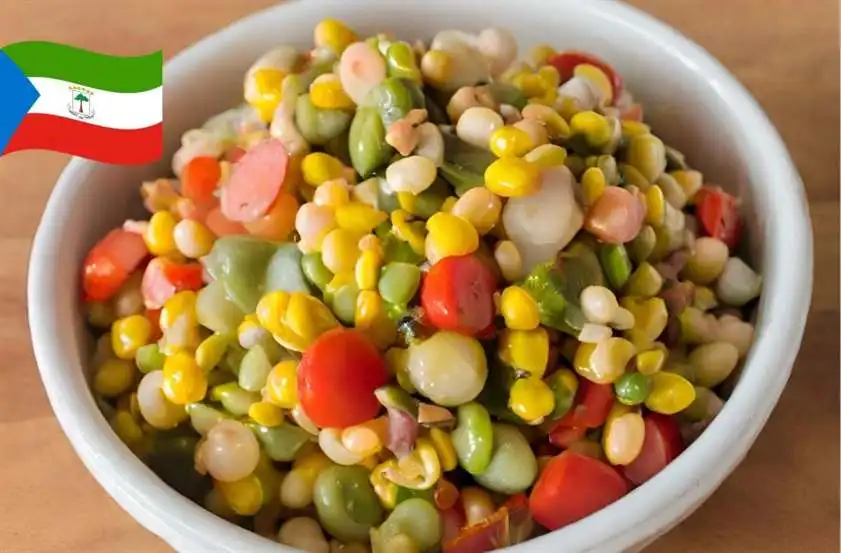














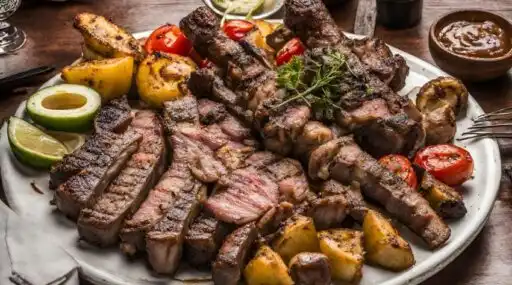
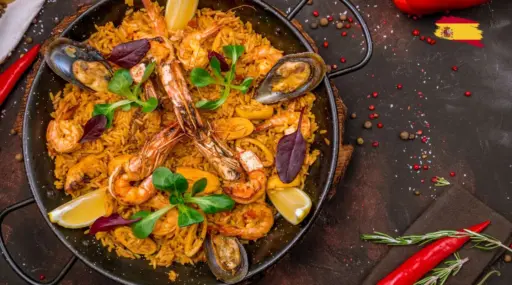
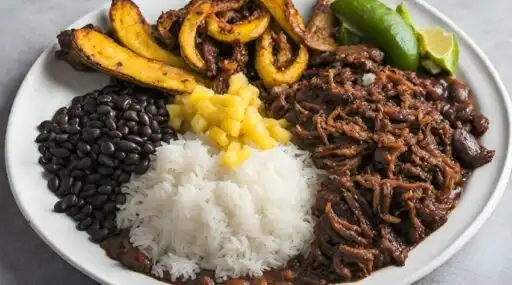


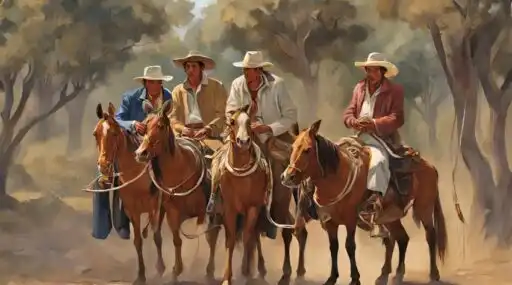
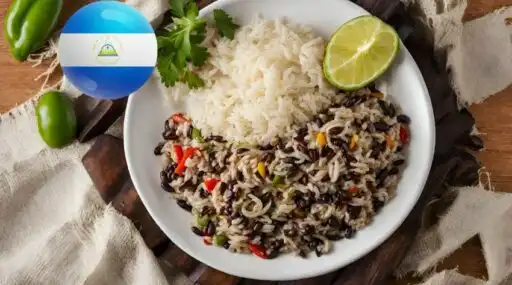
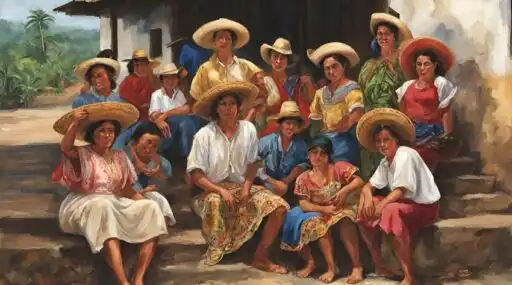
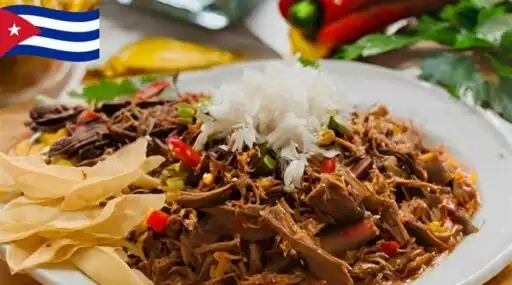
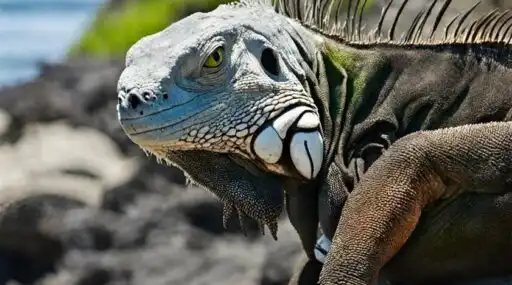
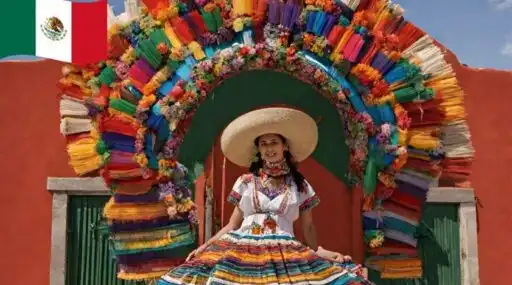
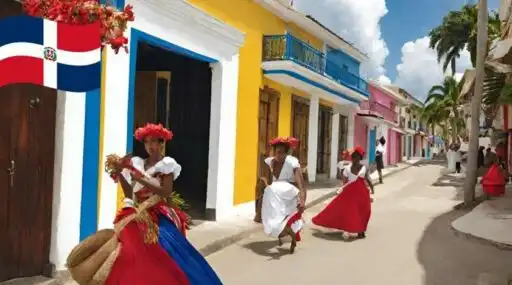
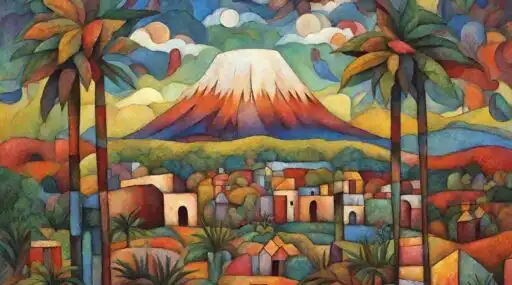
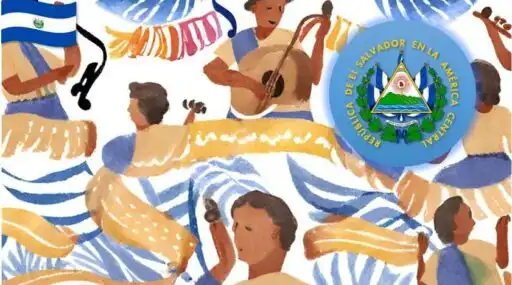
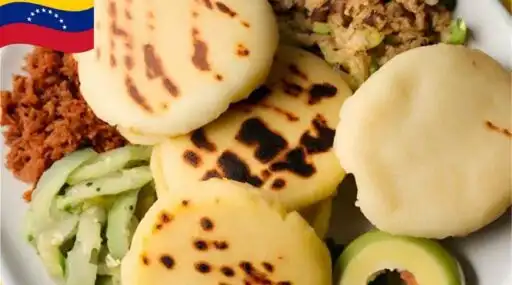
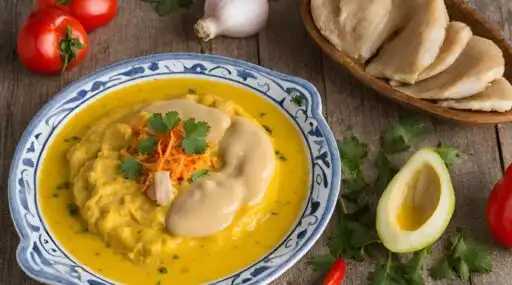


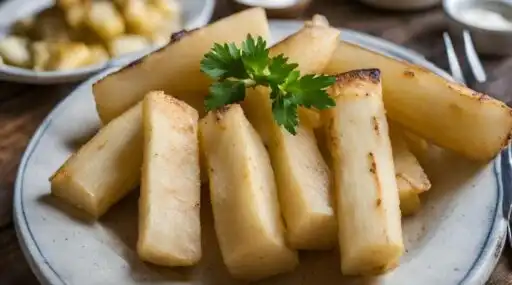
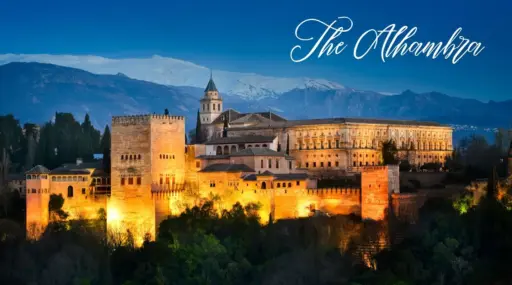


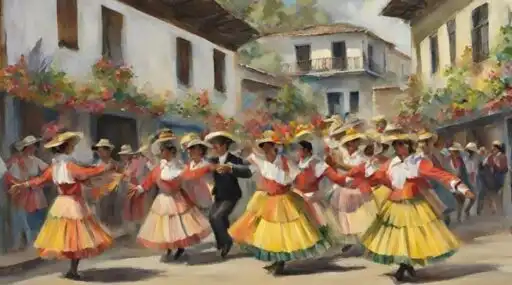
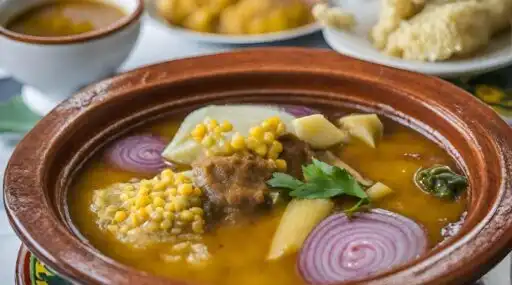

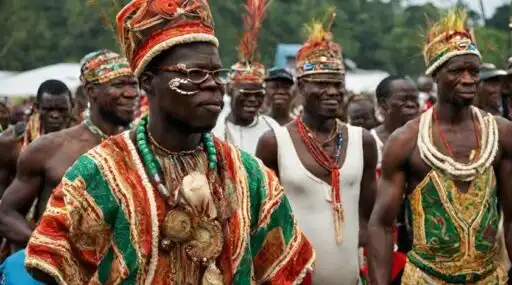

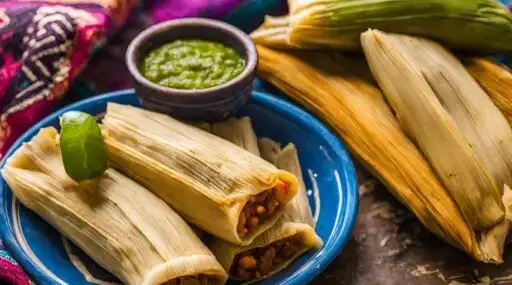

Leave a Reply